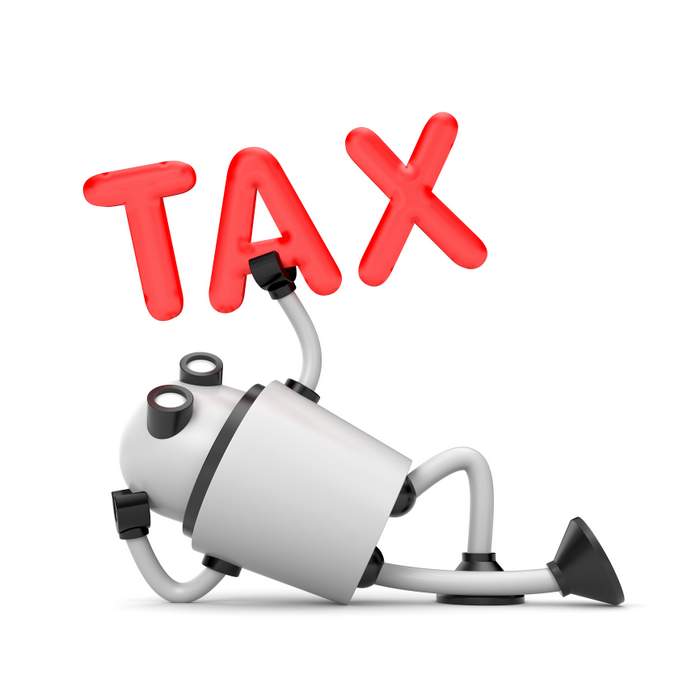
Tax time is upon us. Most businesses are hustling to tie up loose ends from the prior year and ship information off to their CPA. The deadline comes quickly: March 15 or April 15, depending on your corporate structure, and the tax season shuffle is uncomfortable for all involved.
As a CPA well into my second decade of doing this dance, I specialize in accounting for beverage alcohol and am fortunate to work with craft producers. Lucky for me, they are a fun lot: passionate, collaborative and creative. However, organization is often not a strong suit. Disorganized records can lead to a tax return preparation process that is stressful for both the CPA and the client. Fortunately, there is software available to beverage alcohol manufacturers that allows brewers to generate clean, accurate financial information that’s easy for CPAs to use.
Research and development
Part of the CPA’s role is to ensure the best tax result for his or her client. One of the most effective tax credits available to small businesses is the research and development credit. However, to take advantage of the credit, a business needs to be able to provide organized data that supports the position taken on the tax return. Inventory management software organizes data by style, brand, and batch. This can be quite helpful in identifying qualifying costs for the research and development credit.
The federal credit is equal to up to 10 percent of your qualifying costs of research and development activities, and most states have their own R&D program that results in even more tax savings. Beverage manufacturers have historically underutilized the credit. There are a host of activities that qualify, including recipe development and making test batches. Truly, the hardest part of claiming the credit relates to recordkeeping. A business needs an organized way of bifurcating costs associated with R&D, and software can help.
An inventory management software can provide reports specifically for test batches or test brands. In less than a minute, a user can generate data that could otherwise take several hours. Blake Seabaugh, Senior Tax Manager at Perkins & Co who specializes in brewery taxes, explains, “One of the biggest hurdles to claiming the R&D credit under IRC 41 is substantiating qualified research expenses. Investments in inventory management systems can enable a taxpayer to properly allocate project costs and document their R&D activities to ensure they are positioned to claim the credit.”
Leveraging software in this way is a home run as it:
- saves time for the producer
- saves time for the tax professional
- allows the ability to take the credit
- serves as the audit trail to back up the position
Production cycle nuances
Another tax break available to small manufacturers is the ability to expense direct costs the moment the production cycle begins, as opposed to carrying direct costs as part of inventory through the production cycle.
You are probably aware that the inventory cycle involves the purchase of raw materials. Once the production cycle begins, you are in the work in process (WIP) stage. WIP becomes finished goods, and finally finished goods are eventually sold.
Under financial accounting rules, it’s only at the point of sale that those costs become an expense; prior to that they are treated as inventory. However, smaller producers are allowed to expense the direct costs of their products at the moment production begins.
Seabaugh explains, “Under the Tax Cuts & Jobs Act, certain favorable ‘small-taxpayer’ (generally defined as businesses with $25 million or less in average annual gross receipts) provisions were enacted to simplify taxpayer accounting methods. One of those provisions is an exemption from accounting for inventories. This exemption is potentially advantageous for manufacturers because inventories may now be accounted for as non-incidental materials and supplies — meaning that raw materials may now be deducted when ‘used or consumed’ in the manufacturing process.”
Software is extremely helpful in implementing this calculation, because the system indicates exactly when production begins, which maximizes the expenses reported on the return and thus yields a better tax result.
Ensuring smoothness
Often, the most frustrating and costly part of tax return preparation is the back-and-forth between client and CPA to get the information required. To ensure a smoother tax prep process, use an industry-specific software to manage your company. When you use the right software to manage your inventory, production, sales, and accounting processes, you can:
- Easily report on key data to fill out your TTB reports faster
- Get complete visibility into your Cost of Goods Sold and accurately track your inventory
- Connect your data directly into your accounting software (e.g. Xero or QuickBooks), making account reconciliation easier and faster
Maria Pearman is a CPA at Perkins & Co.





Leave a Reply
You must be logged in to post a comment.